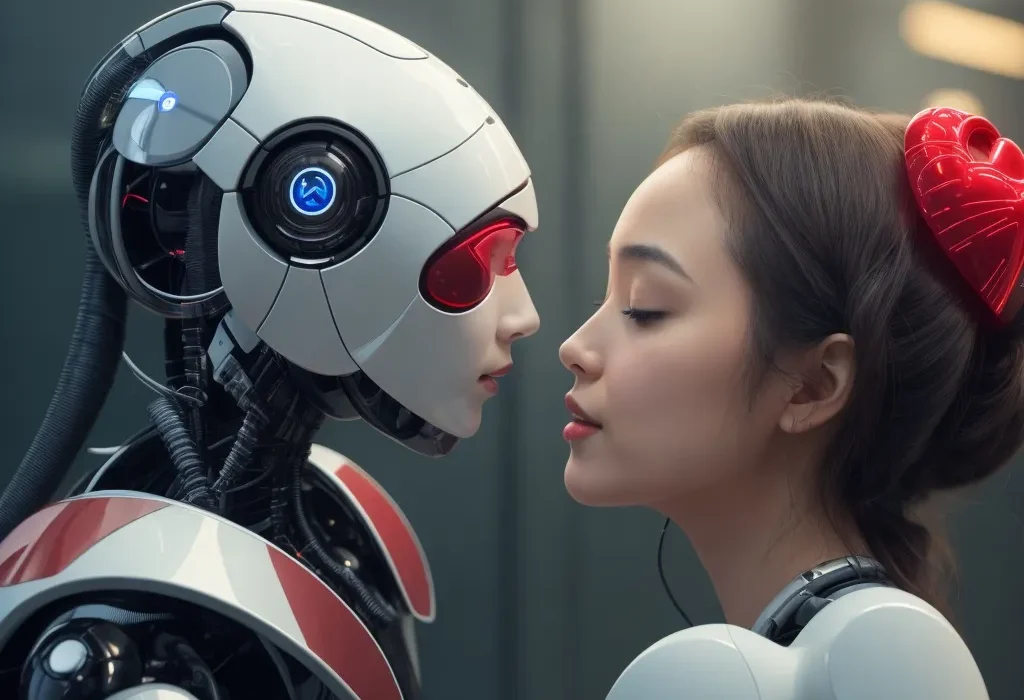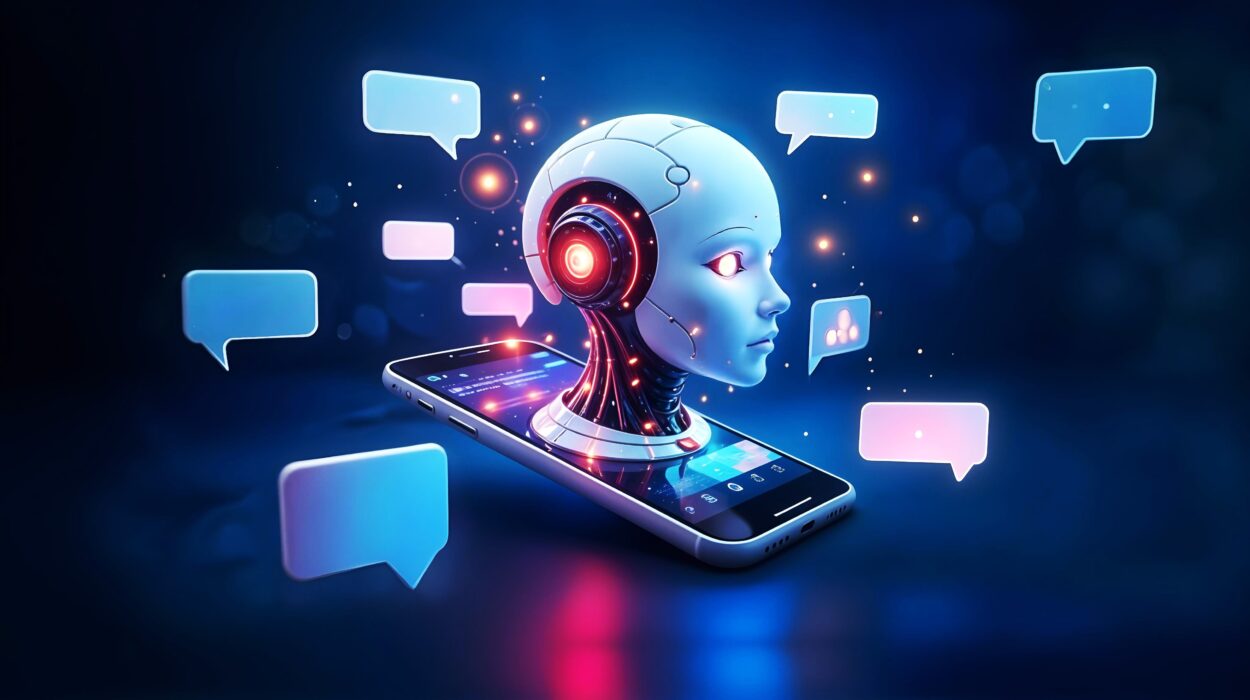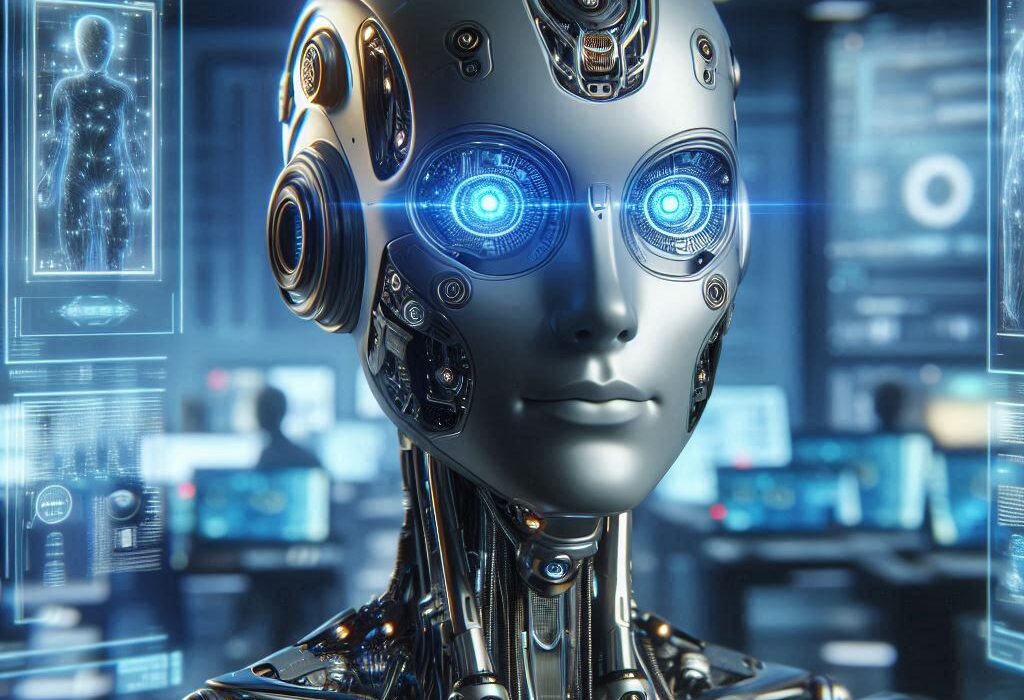A quiet revolution is unfolding all around us. It’s not loud like the industrial clanks of factories or the roar of space rockets. Instead, it hums gently in the background—in grocery aisles, hospital corridors, hotel lobbies, and living rooms. Service robots, once the stuff of speculative fiction and tech demos, are becoming fixtures of modern life. They cook, clean, deliver, entertain, and even provide companionship. As artificial intelligence and robotics converge, the boundaries between machine and helper continue to blur. The age of service robots is here—not arriving in some distant tomorrow, but unfolding in the now.
To understand how service robots are transforming our lives, we must explore not only their functionality, but also the human contexts they inhabit: the problems they solve, the jobs they augment or replace, the fears they provoke, and the possibilities they open. This is the story of machines designed not for war or industry, but to serve human needs in everyday life—and how, in doing so, they are reshaping our homes, cities, economies, and selves.
Defining the Service Robot
Before diving deeper, it’s important to define what a service robot actually is. Broadly, service robots are autonomous or semi-autonomous machines designed to perform useful tasks for humans—outside the confines of manufacturing or industrial applications. That is, these are not your typical assembly-line robots. Instead, they are designed to interact with people and environments in human-centered spaces.
Some service robots operate independently, making decisions in real-time based on sensory input. Others require some level of human control or supervision. What unites them is their purpose: to assist, support, or even entertain humans in domestic, commercial, or professional contexts.
Whether it’s a robotic vacuum cleaning your floor, a robotic exoskeleton helping someone walk again, or a robot delivering room service in a hotel, these machines are designed to serve.
A Brief History of Service Robotics
While robots have existed in industrial settings since the 1960s, service robots took longer to arrive. The first concepts appeared in the pages of science fiction, with humanoid robots like Isaac Asimov’s famous creations and helpful droids in early cinema. These machines, while imaginative, foreshadowed a key idea: robots that live with us and for us.
In the 1980s and 1990s, real-world service robots began to emerge in laboratories and niche applications. Japan, always fascinated by robotics, invested heavily in humanoid assistants. Early prototypes could walk, carry small loads, or play musical instruments. Meanwhile, research institutions developed autonomous mobile platforms that could navigate hallways or interact with people using basic speech recognition.
The tipping point came in the early 2000s with the introduction of the Roomba. Suddenly, robots were no longer theoretical—they were cleaning floors in ordinary households. Priced affordably and functioning reliably, the Roomba marked a turning point in public perception: service robots were useful, friendly, and increasingly common.
From there, the field exploded. Advances in computing, sensors, machine learning, and materials science combined to produce more capable and accessible service robots. Today, they exist in dozens of forms and fulfill countless roles.
The Domestic Robot: Helper, Companion, and Quiet Revolution
Perhaps the most familiar category of service robots are those designed for the home. Robotic vacuum cleaners are now commonplace, silently navigating floor plans, dodging furniture, and returning to their charging docks with an almost pet-like loyalty. Their impact, however, goes beyond convenience. They have quietly redefined the expectations of domestic labor.
From lawn-mowing robots to window-cleaning machines, the home is now a playground for service robotics. Some homes feature smart kitchen assistants that stir sauces, chop vegetables, or even brew espresso to a preferred strength. And then there are companion robots—those designed not to perform chores, but to engage with their human users emotionally.
Japan, facing a rapidly aging population, pioneered robotic companions like Paro the seal, a soft, therapeutic robot that responds to touch and sound. More advanced robots like Sony’s Aibo—a robotic dog—learn from user interactions, show personality traits, and respond to voice commands. While not strictly utilitarian, these robots serve an emotional function, offering comfort and social interaction, particularly for the elderly or isolated.
The domestic robot is no longer a luxury; it is increasingly becoming part of the everyday. In doing so, it subtly shifts how we think about care, labor, and interaction within the home.
Service Robots in Healthcare: From Surgeons to Caregivers
Nowhere is the impact of service robots more profound than in healthcare. Here, robots aren’t just assisting—they’re saving lives. From precise surgical robots to caregiving assistants, robotics is transforming how we approach medicine and aging.
Surgical robots, like the da Vinci system, allow surgeons to operate with greater precision using robotic arms controlled via joystick. These systems filter out tremors, offer high-definition visualization, and allow minimally invasive procedures. The results? Faster recovery times, smaller incisions, and better patient outcomes.
But the real revolution may be in eldercare and rehabilitation. With populations aging globally, the demand for caregivers is outpacing supply. Service robots can help fill this gap. Robotic lifts can assist with transferring patients. Mobile robots can remind users to take medication, monitor vital signs, or alert healthcare professionals in emergencies.
Exoskeleton robots are enabling those with mobility impairments to walk again. These wearable machines provide powered movement assistance, restoring some independence to users with spinal cord injuries or muscle weakness.
Importantly, healthcare robots are also being used in hospitals to reduce risk and increase efficiency. During the COVID-19 pandemic, robots were deployed to deliver medications, disinfect rooms using UV light, and even screen patients using thermal cameras and voice-based questionnaires.
Service robots in healthcare highlight a core promise of robotics: to extend human ability and preserve dignity in the face of physical limitations.
Robots in Hospitality and Retail: A New Face of Service
Walk into certain modern hotels and you might be greeted not by a human receptionist, but by a robot. Hospitality and retail are rapidly becoming key fields for service robots, particularly in customer-facing roles. Robots are being used to deliver room service, carry luggage, clean hallways, and even provide concierge-style information.
In some establishments, humanoid robots speak multiple languages, scan guests’ faces, and guide them through check-in processes. These robots offer consistency, availability, and novelty—all valuable traits in the competitive world of hospitality.
Retail stores, too, are experimenting with robots. Autonomous shelf-scanning robots roam grocery aisles, checking inventory and flagging mispriced or misplaced items. Other robots act as guides, helping customers find products or directing them to the right department.
Fast food chains have begun to employ robotic chefs that flip burgers, brew coffee, or serve ice cream with precision and speed. While these robots don’t replace all human workers, they complement staff and ensure reliable service during peak hours or labor shortages.
These robotic assistants are changing the landscape of service industries. Not only are they reducing labor costs and improving efficiency, but they’re also reimagining what customer service can look like in a digital age.
Educational Robots: Teaching and Learning Together
Service robots have also found a home in education. Robots designed for classrooms act as tutors, language partners, or educational toys. They engage children with interactive storytelling, games, or learning exercises. Unlike traditional educational tools, these robots respond to children in real time, adjusting lessons based on performance or interest.
Robots like NAO, a small humanoid developed by SoftBank Robotics, are used in classrooms worldwide. They help children with autism develop social skills, offering predictable, nonjudgmental interaction. Other robots assist in teaching STEM concepts by demonstrating principles in physics, engineering, or programming.
These robots are not meant to replace teachers, but to enhance learning environments. They can provide personalized attention, offer alternative explanations, and captivate students with their novelty. In doing so, they help make education more inclusive, dynamic, and engaging.
The educational potential of service robots lies in their interactivity. They are not passive screens, but embodied entities that share space with students, creating new forms of engagement and motivation.
Logistics and Delivery Robots: The Final Mile, Reinvented
From sidewalk delivery bots to indoor inventory robots, logistics is one of the fastest-growing domains for service robotics. As e-commerce continues to rise, the demand for efficient, contactless delivery methods has grown in parallel.
Autonomous delivery robots now navigate city sidewalks, transporting packages or food orders directly to customers’ doors. These squat, wheeled robots use GPS, computer vision, and lidar to avoid obstacles, follow traffic rules, and even navigate stairs in some models.
Warehouses, once dominated by forklifts and human pickers, now host fleets of robots that sort, pick, and move goods. These robots use dynamic mapping and machine learning to optimize paths, reduce errors, and improve throughput.
Drone delivery, though still experimental, represents the next frontier. Companies are developing aerial robots capable of delivering medical supplies, groceries, or parcels to rural and urban locations. These flying couriers promise to reduce delivery times, bypass traffic, and expand access to goods.
Logistics robots exemplify how service robotics is moving beyond novelty into economic necessity. They don’t just support human workers—they redefine the supply chains of the modern world.
Emotional and Social Robots: Machines with a Human Touch
Perhaps the most intriguing—and controversial—branch of service robotics involves robots designed for emotional engagement. These machines, often equipped with expressive faces, voice modulation, and affective algorithms, aim to connect with humans on a social level.
Robots like Pepper can recognize facial expressions and tone of voice, adjusting their behavior accordingly. Others, like Lovot, are designed purely to be lovable: they respond to cuddles, seek attention, and express apparent moods.
While some dismiss these robots as emotional theater, studies show that people often respond to them as they would to living beings. They evoke care, attachment, and even grief when taken away. In care homes, these robots reduce loneliness. In therapy sessions, they provide consistency and patience.
But they also raise ethical questions. What does it mean to form a bond with a machine? Can a robot ever truly “care,” or are we projecting our own emotions onto a clever simulation?
Regardless of where one stands, emotional robots signal a profound shift. They aren’t just tools—they’re participants in our social world, and they challenge our definitions of empathy, companionship, and consciousness.
Challenges and Concerns: Ethics, Employment, and Trust
As service robots become more prevalent, they bring with them a host of challenges. One major concern is employment. Will robots take human jobs? In some sectors, like fast food or retail, automation is already reducing the need for human labor. But many experts argue that robots won’t eliminate jobs wholesale—they’ll shift them, creating new roles in programming, maintenance, oversight, and design.
Another concern is privacy and surveillance. Robots equipped with cameras, microphones, and connectivity may inadvertently (or deliberately) collect sensitive data. This data must be protected—and its use must be transparent.
Trust is another issue. People may resist accepting care or advice from machines, especially in vulnerable contexts like eldercare or education. Developers must design robots that are not only functional, but also trustworthy, intuitive, and emotionally intelligent.
There are also philosophical questions. As robots take on roles traditionally filled by humans—teacher, nurse, friend—how does that reshape our understanding of humanity itself?
The rise of service robots is not just a technical revolution; it is a social and ethical transformation. The challenge lies not in building the robots, but in integrating them wisely into the human world.
The Future: Toward a Symbiotic Relationship
Looking ahead, service robots will only become more capable, more integrated, and more essential. They will help aging populations stay independent, assist students with special needs, provide labor in dangerous environments, and offer companionship to the lonely.
Robots will become more adaptable, learning from their users, customizing their behavior, and blending seamlessly into daily life. Advances in AI will give them better judgment, conversational skills, and contextual awareness.
Rather than replacing us, the most successful robots will augment our abilities. They will handle repetitive or dangerous tasks, allowing humans to focus on creativity, empathy, and complex problem-solving.
The rise of service robots is not a story of machines taking over—it is a story of partnership. Of humans designing machines to serve, assist, and collaborate. Of reshaping society to reflect not just technological capability, but human values.
As we stand on the threshold of a new era, one thing is certain: the service robot is no longer science fiction. It is a reality—rolling across our floors, speaking in our homes, assisting in our hospitals. And its presence is only beginning.






